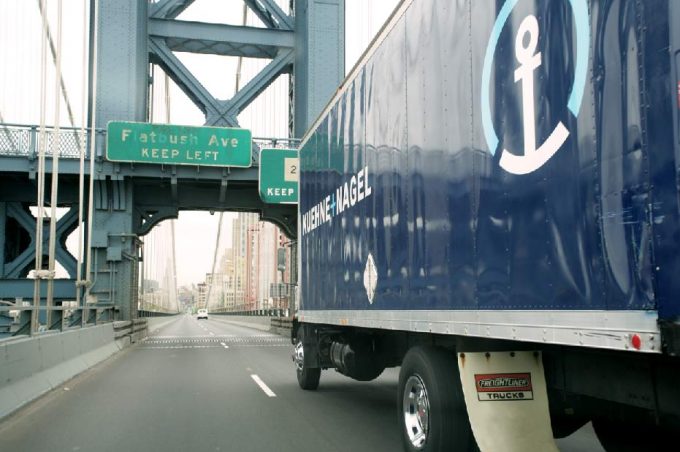European importers face backlogs as rail delays exacerbate port congestion
At major ports in Germany, port and rail infrastructure disruptions are causing significant delays – ...

Swiss 3PL Kuehne+Nagel (KN) sent a strong signal to the transport industry last week as it reported its unaudited financial results for the quarter ended 31 March.
On the one hand, it showed what kind of factors are behind a solid performance in a difficult market, and on the other ...

Comment on this article